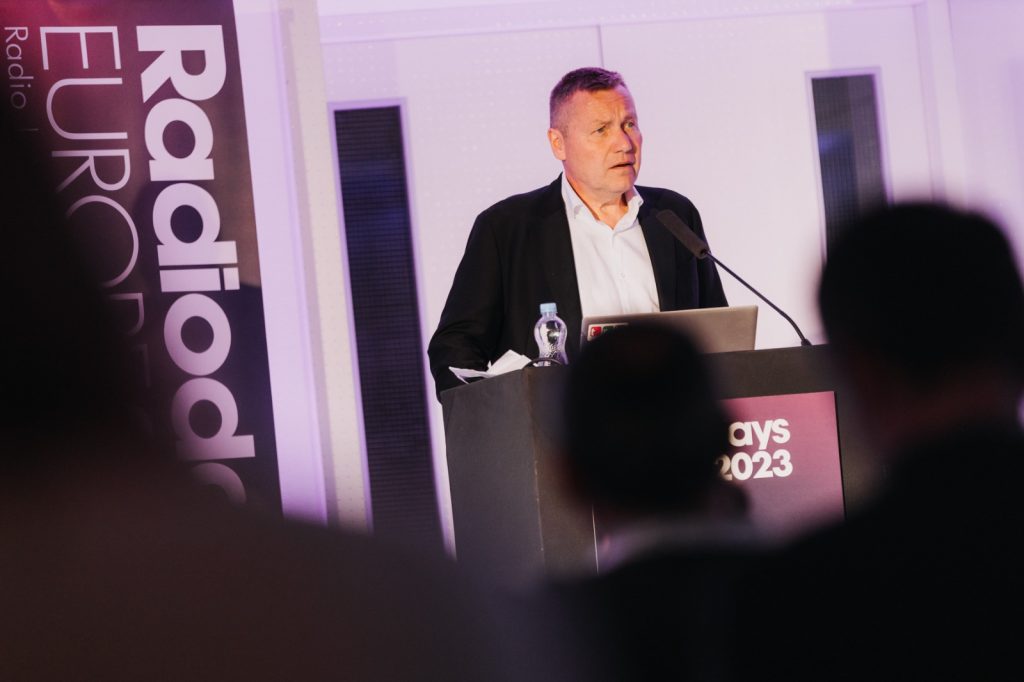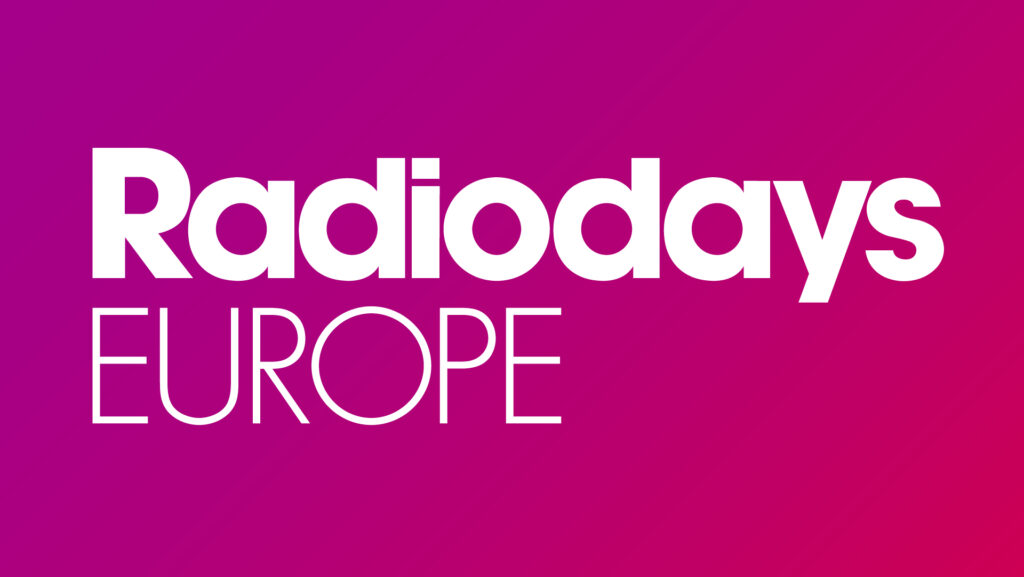Countries adapting the DAB+ technology can benefit from its many benefits, however, they also face significant challenges. “Radio there is actually still alive,” Ole Jørgen Torvmark evaluates the situation.
According to the first speaker Erwin Linnenbach, the managing director of Teutocast, the German DAB+ market is sitting between success and challenges. “Radio market in Germany means sixteen different markets,” he highlighted the nature of the local media.
Before the adaptation of DAB+ the German radio market was specific, there were no real radio companies or national brands and the percentage of German radio adds was significantly behind the European average.
With the introduction of DAB+, Germany has finally been able to create a “normal radio market” and change the whole business. The technology allows nationwide radio broadcasting and creation of new national marketers and brands. Household equipped with the older radio technologies are declining, access to DAB+ in Germany has increased to 33,5 %.
The switchover made it possible to create a booming market and allow people an access to national, regional and local platforms. “The new audio landscape in Germany is full of opportunities,” Linnenbach concludes.
Karel Zýka, the head of DAB+ implementation group, shows how Czech Radio managed to turn off AM broadcasting. When comparing the energy consumption of AM with FM or DAB+ it was clear that AM was extremely inefficient and expensive. While AM would consume 8000 MWh/year, FM used up 840 MWh/year and DAB+ only 63 MWh/year. However, going digital was a challenge at first – the budget was low and private broadcasters were strongly against DAB+.
Fortunately, Czech Radio overcame the obstacles and the results are more than satisfactory. The finances from sponsoring AM went into the construction of high power transmitters, small city transmitters and into technologies (such as HA-AAC audio codes) that keep the sound quality high and powerful.
Currently, all Czech Radio stations are available in DAB+, seven of them accessible only digitally. The listenership of DAB+ is 14% and still growing.
The last speaker sharing his experience with transfer to the DAB+ was Ole Jørgen Torvmark from Norway. It was the first country to close off FM and as Torvmark states, “radio there is actually still alive.”
The biggest change was the growth of stations in the country. With the FM technology and difficult topographical situation there were only five stations. After the switch to DAB+ this number has grown to 33.
According to Torvmark, 99 % of Norwegians have an opportunity to listen to digital radio and 36 % of this listening s happening on the newly established stations. The DAB+ network also covers almost 100 % of the country.
“We all believed in digital future and importance of brodadcasting for years to come,” he said, but he also stressed the importance of the listener’s initiative. “In the end, people did the biggest job, upgrading their radios and cars to be able to listen to the new radio,” he finished.



